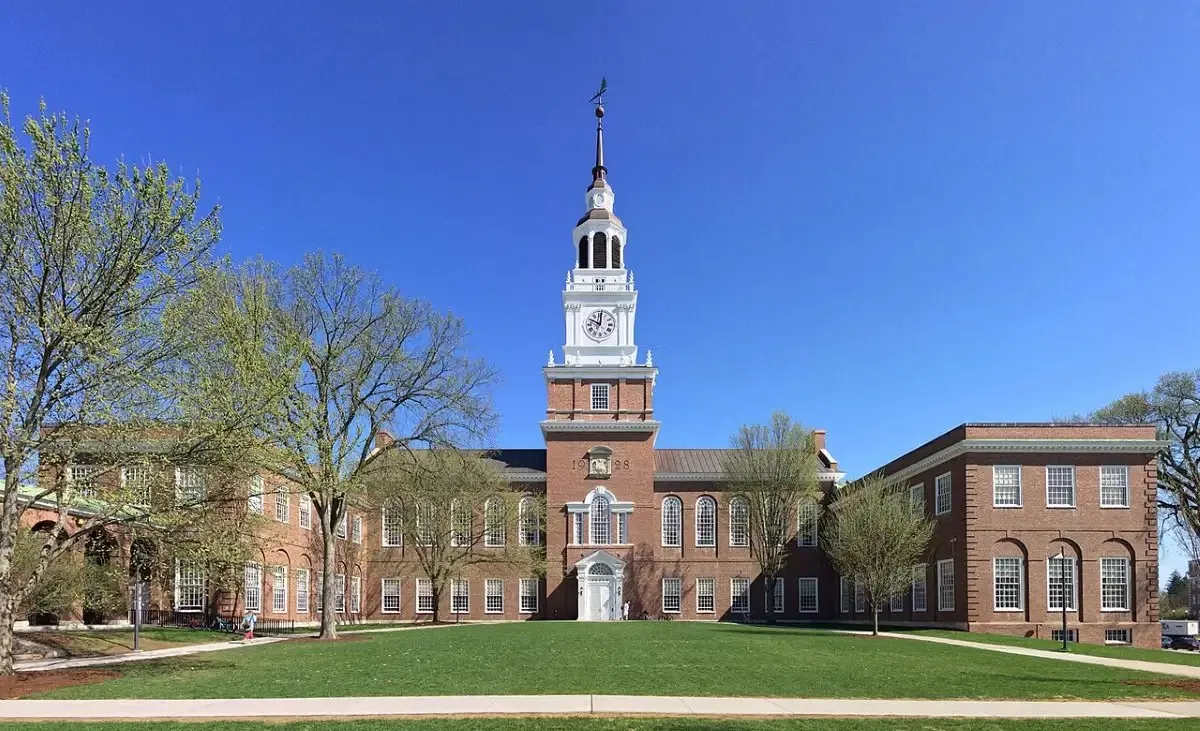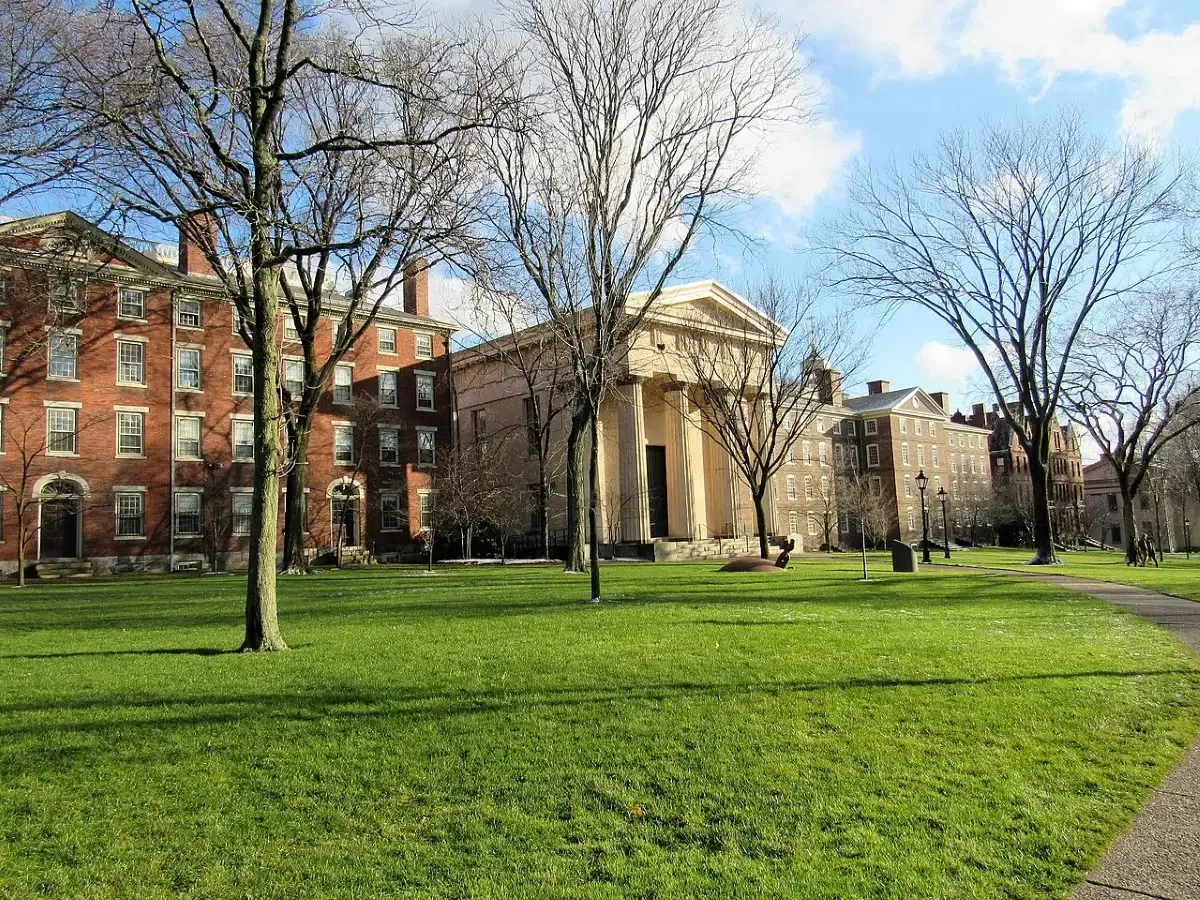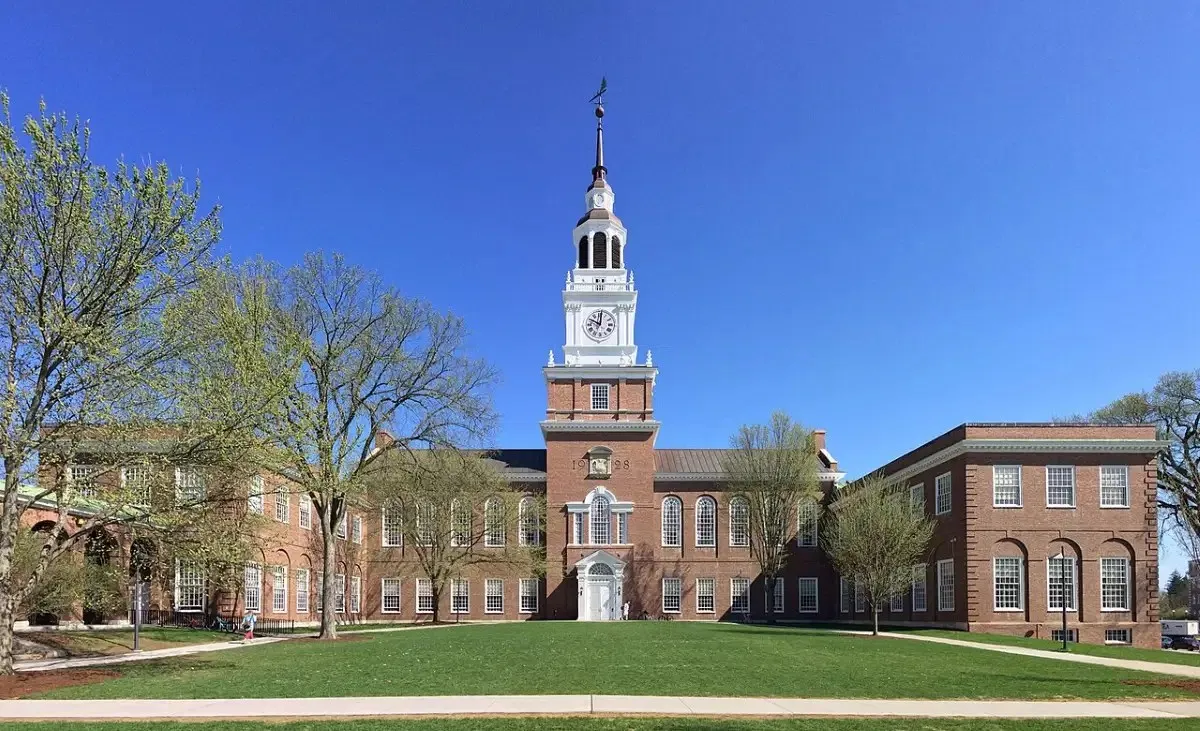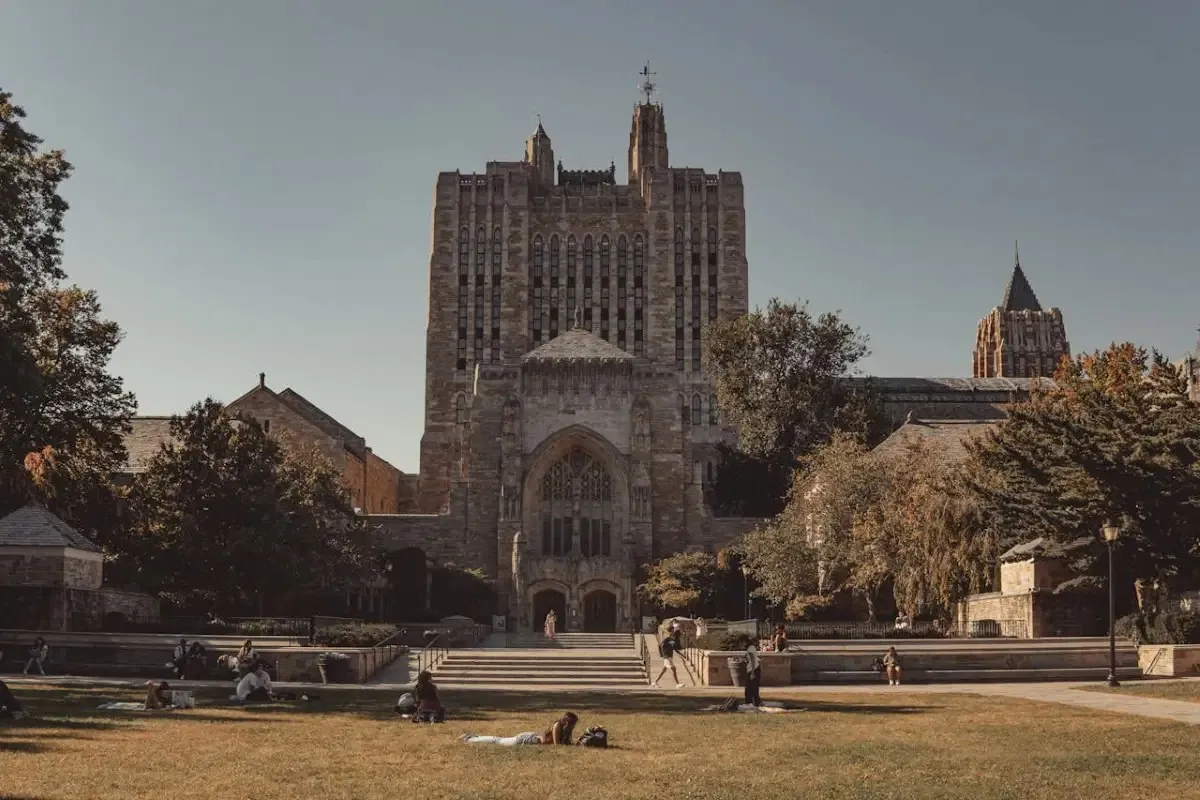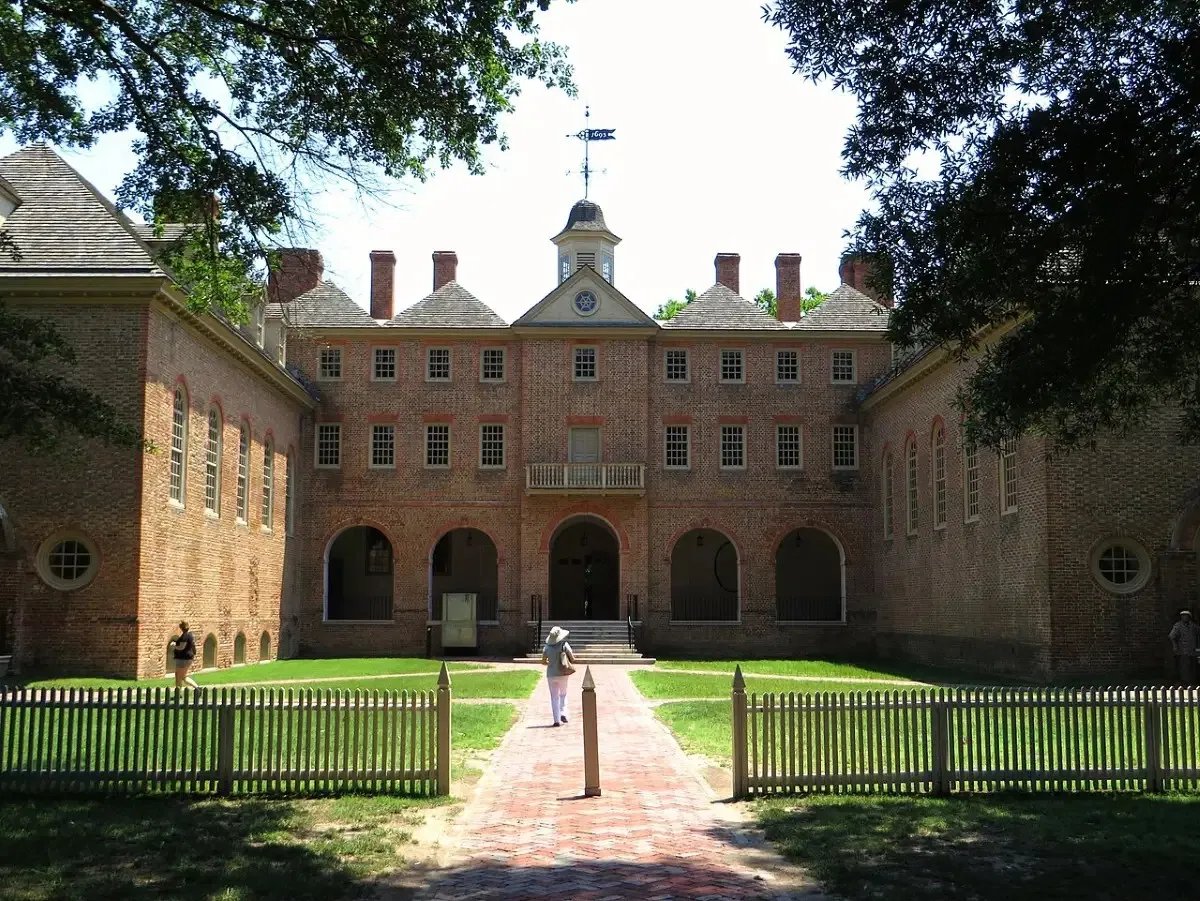From early educational institutions like Nalanda to the Academy of Athens, universities have served as the bedrock for the advancement of human knowledge. The Middle Ages witnessed the emergence of organized systems of higher education in Europe, with Bologna (1088) and Oxford (1096) becoming leading global centers of learning. These pioneering universities laid the groundwork for systematic academic research, profoundly influencing modern education worldwide.
In the United States, universities have made significant contributions to the nation’s development, producing outstanding leaders, innovators, and researchers. Some institutions were established before the United States even existed, during the colonial era, initially aiming to train clergy and politicians. By 1776, when the nation declared independence, several of these institutions had already been operating for decades. Surviving periods of hardship such as wars, revolutions, and social changes, these universities have endured and thrived, constantly innovating while preserving their historical traditions. Below is a list of the 10 oldest continuously operating universities in the United States, places that not only nurture knowledge but also serve as fascinating cultural destinations, especially for those who love exploring history and art.
10. College of Charleston (1770) – Charleston, South Carolina
Established in 1770, the College of Charleston is a living historical gem nestled in the heart of Charleston’s historic district. Stepping into the oak-shaded Cistern Yard, you can feel the weight of centuries. Students have gathered here since the college’s earliest days. As the oldest municipal college in the United States, it has educated generations of distinguished individuals, including signatories of the Declaration of Independence and officers from the Civil War era.
Beyond its academic significance, the campus itself is a captivating attraction. Randolph Hall, with its stately columns, has stood proudly since 1828. Nearby, the Mace Brown Museum of Natural History showcases an impressive fossil collection, including colossal megalodon teeth. Charleston boasts the Gibbes Museum of Art, where visitors can admire American art, particularly works related to Charleston and the South.
Today, the College of Charleston is home to approximately 12,000 students, blending Southern tradition with modern dynamism. Visitors can immerse themselves in the intellectual atmosphere of the college before stepping out to explore Charleston’s cobblestone streets, where historic houses, bustling markets, and the sea breeze will make you understand why this city, and its college, have stood the test of time.
9. Dartmouth College (1769) – Hanover, New Hampshire
Located in Hanover, New Hampshire, Dartmouth College stands as a testament to enduring excellence in education. Founded in 1769 by Reverend Eleazar Wheelock, it was initially established to educate Native Americans and English youth.
Visiting Dartmouth, you’ll be drawn to the iconic Baker-Berry Library, a central hub for students and a symbol of the college’s commitment to knowledge. The Hood Museum of Art features a diverse collection, offering cultural enrichment to both the college and the community. For performing arts enthusiasts, the Hopkins Center for the Arts hosts a wide range of events, from theater to music.
Dartmouth Green serves as the college’s common ground, surrounded by historic buildings and lush landscapes. The nearby Ledyard Canoe Club provides opportunities to explore the Connecticut River, reflecting the college’s emphasis on outdoor activities and connection with nature. New Hampshire is also home to the Currier Museum of Art, showcasing modern and contemporary art, providing a rich artistic experience for visitors.
In more recent history, Dartmouth has been a pioneer in the field of computing. In 1964, professors John Kemeny and Thomas Kurtz developed the BASIC programming language and the Dartmouth Time-Sharing System, making computers more accessible to students and laying the foundation for future technological advancements.
8. Rutgers University (1766) – New Brunswick, New Jersey
Established in 1766 as Queen’s College, Rutgers University predates the American Revolution, making it one of the nation’s oldest institutions of higher education. From a small theological seminary, Rutgers has grown into a vast research university with three campuses across New Jersey.
The College Avenue Campus in New Brunswick is steeped in history. Stroll past the majestic Kirkpatrick Chapel with its ivy-covered red brick facade, or visit the Alexander Library, where the whispers of past scholars seem to linger. For art lovers, the Zimmerli Art Museum is a hidden treasure, housing one of the largest university art collections in the United States, including the world’s largest collection of nonconformist Soviet art.
New Jersey is not only famous for Rutgers University but also boasts an unmissable cultural destination for contemporary art enthusiasts: the New Jersey State Museum. Although not located on the Rutgers campus, this museum is a significant highlight in the state’s artistic and cultural life. The New Jersey State Museum celebrates creativity and innovation in contemporary art, showcasing a diverse range of works from painting, sculpture, photography to video and multimedia art. It’s an ideal space to explore the latest art trends and admire the talents of contemporary artists.
But Rutgers is not just about academics and art. The tree-shaded Rutgers Gardens offer a peaceful retreat, while Passion Puddle on the Cook and Douglass campus is associated with a charming legend: if you walk around the pond three times with your sweetheart, marriage is said to be inevitable.
Today, Rutgers is home to over 66,000 students, yet its heart remains deeply rooted in the traditions cultivated over two and a half centuries.
7. Brown University (1764) – Providence, Rhode Island
Perched atop College Hill in Providence, Brown University is as integral to the city’s identity as its cobblestone streets and Federal-style mansions. Founded in 1764, it is the seventh-oldest university in the United States and the first Ivy League institution to welcome students of all religious backgrounds, a progressive spirit that still shapes its identity today.
Stepping onto Brown’s campus, you immediately sense the historical ambiance. The Van Wickle Gates, with their intricate ironwork, only open twice during a student’s time – upon entering and upon graduating – symbolizing the journey into the wider world. The Main Green, surrounded by elegant red-brick buildings, is the heart of Brown, where students often lounge on the grass between classes or gather to chat and debate.
The David Winton Bell Gallery is a treasure trove for art enthusiasts, displaying a diverse collection, including contemporary pieces. Meanwhile, the Haffenreffer Museum of Anthropology offers insights into global cultures within the historic Manning Hall building. Rhode Island also houses the Rhode Island School of Design Museum, which showcases a diverse range of design and decorative arts.
6. Columbia University (1754) – New York City, New York
Established in 1754 as King’s College, Columbia University predates the United States, having once educated the sons of colonial gentry. Over the centuries, Columbia has evolved into one of the most prestigious universities in the world, nurturing future presidents, Nobel laureates, and cultural icons.
Columbia’s Morningside Heights campus, designed by McKim, Mead & White, is a harmonious blend of classical and modern architecture. The Low Memorial Library with its magnificent dome is a focal point for students and visitors, while Butler Library stands as a testament to Columbia’s commitment to knowledge with its millions of volumes. New York City is a leading global cultural and artistic hub, and the Museum of Modern Art (MoMA) is an unmissable destination for those seeking to explore modern and contemporary art.
Columbia is also a cradle of major scientific advancements. Pupin Physics Laboratories, a National Historic Landmark, is where the atom was first split, marking a monumental leap in the field of nuclear physics.
5. University of Pennsylvania (1755) – Philadelphia, Pennsylvania
The University of Pennsylvania is unlike any other Ivy League school. Founded by Benjamin Franklin in 1740, this institution carries its historical legacy within its red-brick walls. But behind the prestigious academic reputation lies a vibrant campus life, unique traditions, and the unmistakable energy of Philadelphia.
Start with the “toast tossing” at Franklin Field during football games – a quirky tradition dating back to the 1970s when alcohol was banned in the stadium. Then there’s the “Economic Scream,” where freshmen collectively yell at midnight to relieve stress from Microeconomics. And Hey Day, a tradition dating back hundreds of years, where juniors parade in red shirts and skimmer hats, biting each other’s hat brims before officially becoming seniors. Philadelphia is also home to the Philadelphia Museum of Art, one of the largest and most renowned art museums in the United States, with an extensive collection spanning various periods and cultures.
Penn also marks historical ground with ENIAC – the first general-purpose electronic computer created in 1946, laying the foundation for the future of technology. The Fisher Fine Arts Library, designed by Frank Furness, is a Victorian Gothic architectural masterpiece, while Houston Hall is the first student union ever established in the United States.
4. Princeton University (1746) – Princeton, New Jersey
Established in 1746, Princeton University is the fourth-oldest university in the United States. Originally named the College of New Jersey, it moved to Princeton in 1756, with Nassau Hall as its first building, which briefly served as the meeting place for the Continental Congress in 1783.
Visitors to Princeton can explore the Princeton University Art Museum, housing over 72,000 works of art spanning 5,000 years of world history. Lake Carnegie, a gift from Andrew Carnegie, is an ideal spot for boating and relaxation. Similar to Rutgers, Princeton is also located in New Jersey, and from here, visitors can easily access other artistic and cultural centers in the state, including the New Jersey State Museum, to expand their contemporary art exploration.
3. Yale University (1701) – New Haven, Connecticut
Founded in 1701, Yale University is the third-oldest university in the United States. Located in New Haven, Connecticut, Yale was initially named the Collegiate School, with the aim of training clergy and political leaders. It was renamed Yale in 1718 in honor of benefactor Elihu Yale.
When visiting Yale, you can explore the Yale University Art Gallery, the Beinecke Rare Book & Manuscript Library, and the Sterling Memorial Library with its magnificent Gothic architecture. Connecticut is also home to the Aldrich Contemporary Art Museum, which focuses on contemporary and experimental art.
2. College of William & Mary (1693) – Williamsburg, Virginia
The College of William & Mary stands serenely in the historic beauty of Williamsburg, established in 1693 under a charter from King William III and Queen Mary II. As the second-oldest university in the United States, William & Mary has educated three U.S. presidents: Thomas Jefferson, James Monroe, and John Tyler.
The Sir Christopher Wren Building is the oldest academic building still in use in the United States. The elegant Sunken Garden and the Bray School tell stories of early education for African Americans. Virginia is home to the Virginia Museum of Contemporary Art, showcasing diverse contemporary artworks, including both local and international pieces.
1. Harvard University (1636) – Cambridge, Massachusetts
Topping the list of the oldest universities in the US, Harvard University was established in 1636, even before the United States was founded. Named after its first benefactor, John Harvard, it quickly became the intellectual center of the New World.
The historic Cambridge campus with Harvard Yard, the John Harvard Statue, and Widener Library are invaluable treasures of knowledge. The Harvard Art Museums and the Harvard Square area are a blend of past and present, attracting scholars and dreamers alike. Massachusetts also houses the Institute of Contemporary Art (ICA) Boston, a leading museum of contemporary art, which frequently hosts unique art exhibitions and events.
Conclusion
Exploring the 10 oldest universities in the United States is not only a journey back in time to understand the history of education, but also an opportunity to admire unique architectural landmarks, rich art museums, and distinct cultural stories hidden within each campus. From the venerable Harvard College to the dynamic Rutgers University, each university carries its own unique charm, its own historical imprint, contributing to the diverse and rich tapestry of American education. And if you are a contemporary art enthusiast, don’t forget to explore the New Jersey State Museum as well as other contemporary art museums near these universities, to gain a more comprehensive view of American culture and art.

